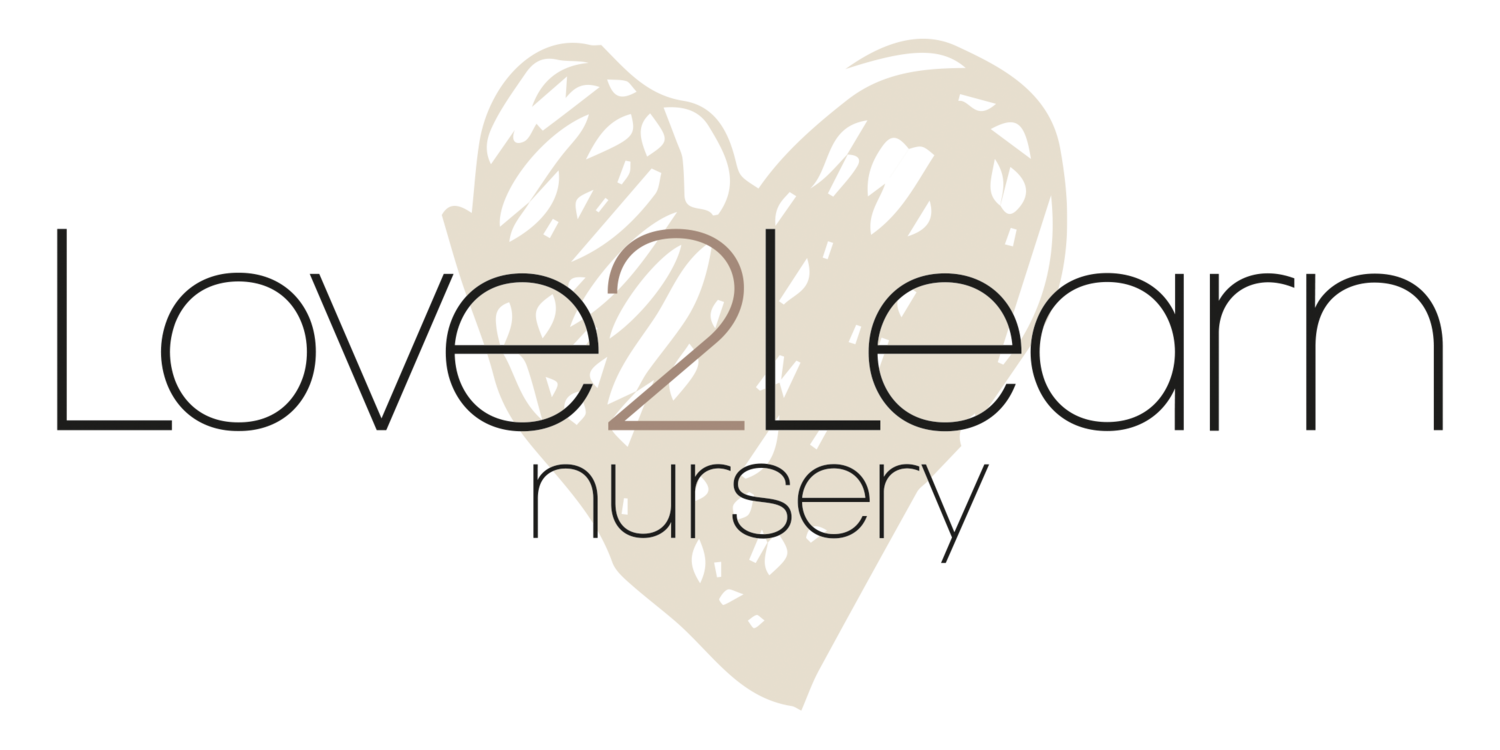Risky Play
What is 'Risky play'?
To explain it simply, it's exactly what it sounds like - Play that involves risk!
Risky play is exciting, thrilling and, well, risky.
What are the benefits of risky play?
Risky play gives ampule opportunities for children to challenge themselves, not only physically, but also emotionally and mentally.
Risky play supports children to understand their own limits and abilities, whilst forming an awareness of risks.
Risky play helps to develop a huge sense of independence, children feel in control of their own decisions and actions.
As well as all of that - it's FUN!
How do I know this you ask?… Well, from the uncontrollable belly laughs, shrieks of joy and the massive smiles that come from a sense of their pride and accomplishment.
You may be wondering if you've ever witnessed any risky play, or what it may look like…
There are many forms of risk taking play but they are generally categorised to these 8 categories:
Heights - Climbing, jumping, balancing.
The risk - falling.
High speed - Uncontrolled speed and pace when running, biking, sledding.
The risk - Collision or injury.
Dangerous tools - Knives, axe, saw, nails, glass.
The risk - Injury.
Dangerous elements - fire, cliffs, open bodies of water.
The risk - Falling or injury.
Rough and Tumble - Wrestling, play fighting, roughhousing, play fighting with objects, snow ball fights.
The risk - Injury.
Unsupervised play - Exploring alone.
The risk - Getting lost.
Impact - Crashing into things for fun.
The risk - Injury.
Vicarious - The enjoyment of watching other children take risks.
The risk - Any of the above, to others
With time, space and the appropriate supervision, children can enjoy this type of daring play, fully engaged in testing their own ideas, building foundations to bounce back when faced with challenges.
Is risky play important?
YES!
Children are born with a natural drive to be curious, this organically leads to adventurous play.
When children are supported and encouraged to be curious, they explore, aren't afraid to ask questions and make discoveries.
This enables them to learn and grow in many areas of development, as well as supporting their well being.
Children engage in social situations, communicating and negotiating, improves focus and attention span, as well as judgment and planning, whilst also supporting children to learn how to keep themselves safe, understanding their own limits, skills and abilities.
Life is absolutely full of risks, to ensure children grow in to capable adults who make good decisions and have sound judgement, we should ensure they have lots of opportunities to develop and practice and develop these skills.
After all if we are always deciding what is safe and unsafe, how are children supposed to learn for themselves?
Risk assessments are a natural part of our judgment, we don't mean the forms companies use, we mean the thought process we go through as humans to assess a risk.
As adults we easily evaluate the emotional, physical and even financial risks of our decisions, this develops as we learn to assess and take risks as children.
Remember, children are unique individuals, meaning what is risky for one child, may not be risky for another.
To evaluate these risks successfully, we must practice and learn how to identify risks and express what feels safe, making it much simpler as they grow into young adults to say things like, "No, that makes me uncomfortable" and most importantly to have the confidence in situations to just say "No".
So, next time you thinking about telling your little one to 'get down' or 'it's too dangerous', maybe take a little time to see how they assess the risk for themselves, you may be surprised by how capable they are!




